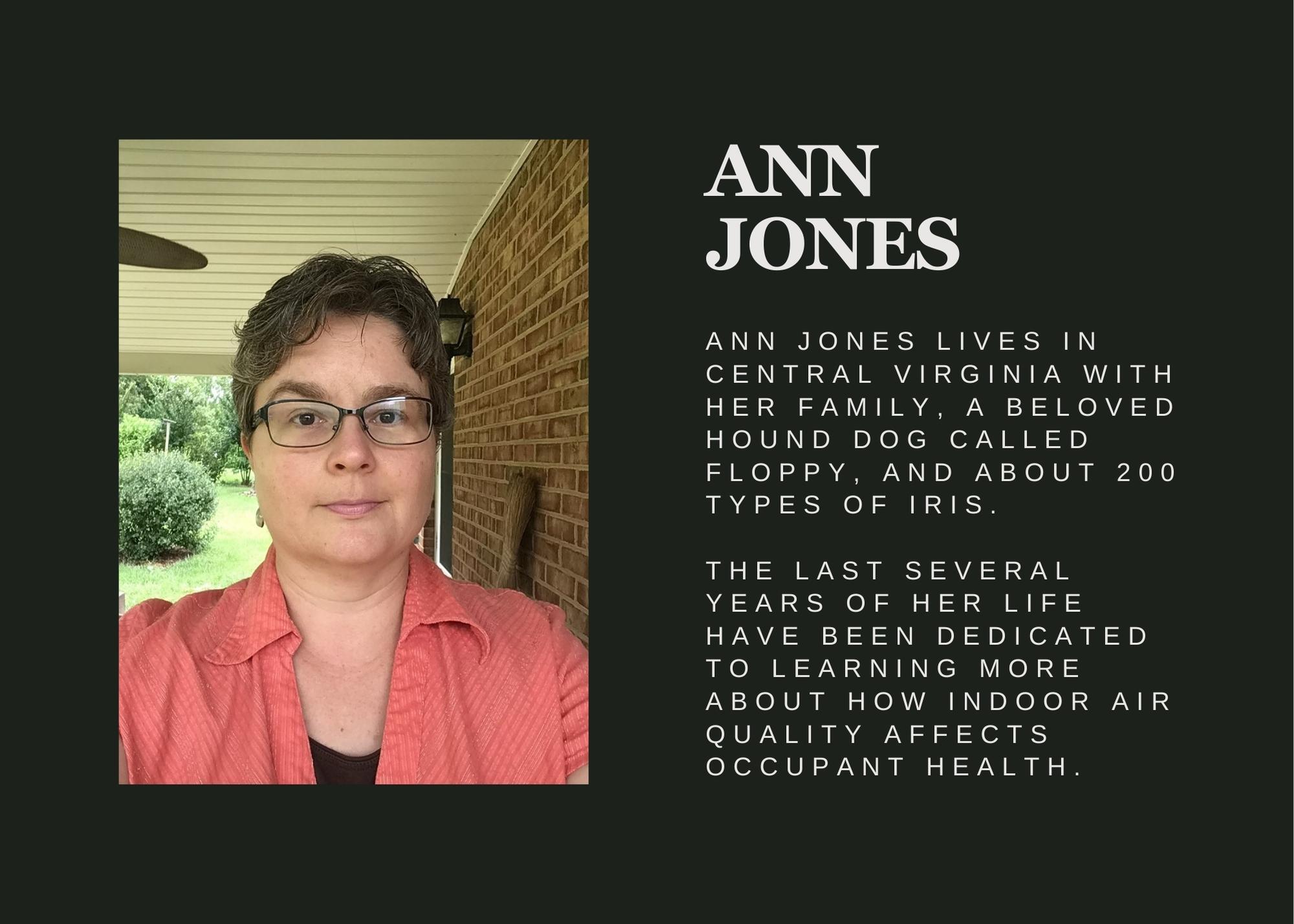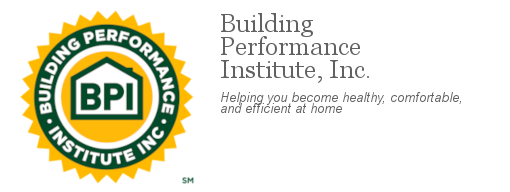
Excessive dust is more than an annoyance. It can be a sign of an air leak somewhere in your home that can damage your budget and your health.
Are there spots in your house that always seem dusty? Even though you change your air filter regularly? Even shortly after you've dusted? If so, you may have air leakage in your home.
Air leaks can cause serious problems, especially for those with respiratory problems like asthma or allergies. It can decrease the comfort-level of your home. And it can cost the homeowner money, sometimes quite a lot of money.
When most people think of drafts and air leaks, the first thing that comes to mind is doors and windows. A lesser known place for air leaks is where pipes and wiring enter a house. These holes, called penetrations, are often concealed by things like electrical boxes, appliances and cabinetry, and often aren't sealed during construction or when upgrades are made in an existing home. The most surprising source of air leaks, though, can be a home's ductwork.
According to Energy Star, a typical house loses 20 to 30 percent of the air that moves through its duct system! That's significant.
Ductwork is often hidden behind walls in attics, garages, basements or crawl spaces. Homeowners can live in a home for years and never see all the ductwork in their house, unless there's a problem.
Often ducts weren't air-sealed at the time of installation. If they were, time or moisture may have damaged the seals. When a seam or joint in the ductwork becomes loose, it starts to leak air.
Department of Energy says that "Sealing your ducts to prevent leaks is even more important if the ducts are located in an unconditioned area such as an attic or vented crawlspace. If the supply ducts are leaking, heated or cooled air can be forced out of unsealed joints and lost. In addition, unconditioned air can be drawn into return ducts through unsealed joints."
Once drawn into the return ducts, that air can travel through the ductwork to other parts of the house. When this happens, the air coming out of your vents is no longer clean, conditioned air. It now includes unfiltered air from the area around the leaky duct. That dirty, unfiltered, unconditioned air may settle into your living areas.
Dust comes in through other ways, too. A properly sealed home will allow air only through planned ventilation systems. But when a home is not sealed, spaces like attics and crawlspaces are often full of dust and other debris that comes in through cracks and leaks. In some situations, these spaces could also be harboring mold and waste from rodents and other pests.
Breathing such air on a regular basis can cause health problems. Not only do air leaks impact your health, they can also effect the comfort level of your home. Leaks can cause inconsistent temperatures throughout your house. Even in the same room, one spot may feel too warm, while another feels cold.
As your comfort level decreases, your heating and cooling bill may actually increase. That's because you are now paying to filter and heat/cool air that's never reaching your living space!
Though often difficult to detect on your own, leaks in ductwork are common. They can impact your wallet, your comfort and even your health. So don't ignore one of your best clues.
If your home gets excessively dusty, make an appointment with a home performance professional to have it inspected for air leaks. BPI has a handy tool for locating a BPI Certified Professional near you.


Follow us